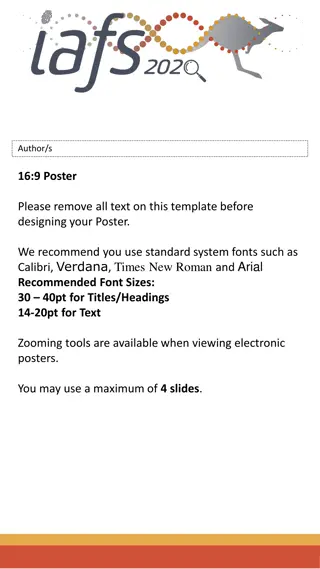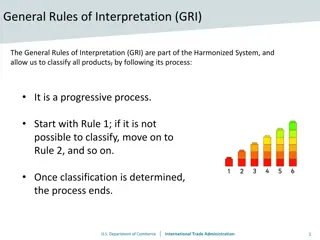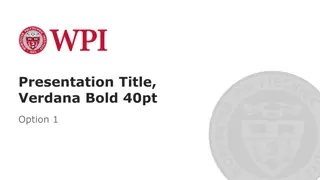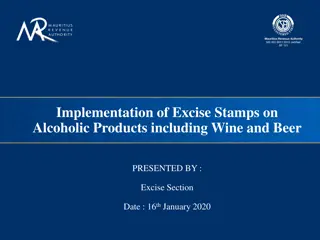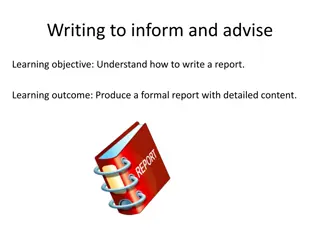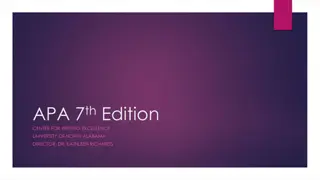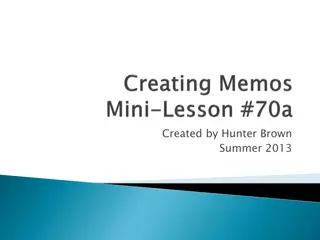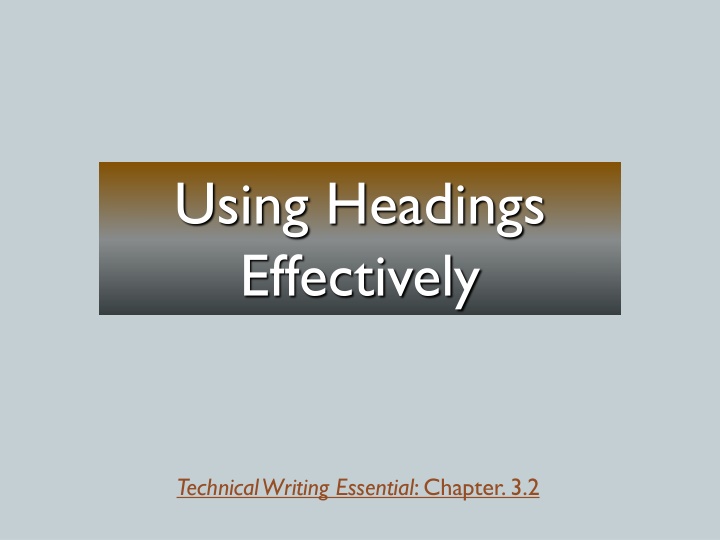
Enhancing Readability and Accessibility Through Effective Headings
Learn how to improve the readability, scan-ability, and overall professionalism of your technical documents by using headings effectively. This chapter discusses the importance of headings, provides tips for designing them, and showcases examples of heading designs at different levels. Discover how using styles in MS Word can help you create a more organized and accessible document.
Download Presentation

Please find below an Image/Link to download the presentation.
The content on the website is provided AS IS for your information and personal use only. It may not be sold, licensed, or shared on other websites without obtaining consent from the author. If you encounter any issues during the download, it is possible that the publisher has removed the file from their server.
You are allowed to download the files provided on this website for personal or commercial use, subject to the condition that they are used lawfully. All files are the property of their respective owners.
The content on the website is provided AS IS for your information and personal use only. It may not be sold, licensed, or shared on other websites without obtaining consent from the author.
E N D
Presentation Transcript
Using Headings Effectively Technical Writing Essential: Chapter. 3.2
WHAT DO HEADINGS ACCOMPLISH? Headings enhance readability, scan-ability, and overall professionalism of the document: Provide an overview (Table of Contents) Indicate the logical flow and hierarchy of ideas Enable readers to read selectively Provide breaks and white space Keep readers focused Keep the writer focused and organized
TIPS FOR DESIGNING HEADINGS To indicate hierarchical importance of different levels of headings, use the following tools strategically: Numbering system Font type and size Bold and italics Placement (indentation) Consider the length of your document and how headings can enhance readability. Be consistent in using one size/style/font for each heading on the same level (use Styles function in MS word)
USING STYLES Using the STYLES function in MS Word is essential so that you can do the following: Automatically create a table of contents based on your headings Allow screen readers to recognize headings, thereby making your document more accessible See Tutorial Video on YouTube: How to create and customize headings using Styles
EXAMPLE HEADING DESIGN LEVEL 1 Heading: Arial bold 16 point font. Introduce with Arabic numeral; aligned with left margin. 1.5 space below (whitespace between heading and text below it) 1. Heading Level One This is body text. This is body text. This is body text. This is body text. This is body text. This is body text. This is body text. This is body text. This is body text. This is body text. This is body text. This is body text. This is body text. Body font: 12 point Calibri Pa ge 5
EXAMPLE HEADING DESIGNS - LEVEL 2 Leave white space under the end of the previous section. There should always be slightly more white space above the heading than below it. This is body text from the previous section. 1.1. Heading Level Two This is body text. This is body text. This is body text. This is body text. This is body text. This is body text. This is body text. This is body text. This is body text. This is body text. This is body text. This is body text. This is body text. This is body text. Heading and text is indented 0.5 from margin; Arial bold 14 point font; introduced with numeral and one decimal place.
EXAMPLE HEADING DESIGN - LEVEL 3 Additional indent from margin (optional). Font Arial bold italics 14 points. Introduce with an Arabic numeral 1.1.1. Heading Three This is body text. This is body text. This is body text. This is body text. This is body text. This is body text. This is body text. This is body text. This is body text. This is body text. This is body text. This is body text. This is body text. This is body text.
1. First Level Heading Under this first level heading you will find text related to the topic indicated by the heading. It will go on for several lines or even several paragraphs. If there is a Section 1, there will also be a Section 2 in order to avoid having a lone heading at this level. 1.1. Second Level Heading This section may align directly under the 2nd level heading, or can align with the left margin. To avoid having a lone heading at this level, you will also have a section 1.2 and possibly 1.3, etc. 1.1.1. Third Level Heading This third level heading is further indented, and smaller or In italics to set it off from second level heading. Again, if You have a 1.1.1, you should have a number 1.1.2, etc. NOTE: Most headings should normally have a substantial amount of information under them (unlike this example). 1.1.2. Additional Third Level Heading Text text text text 1.2. Additional Second Level Heading Text, text text 2. First Level Heading Again Text text text text
NON-NUMBERED HEADINGS EXAMPLE First Level Heading Under this first level heading you will find text related to the topic indicated by the heading. It will go on for several lines. You will have additional headings at this level in order to avoid creating a lone heading. Second Level Heading This section may align directly under the 2nd level heading, or can align with the left margin. To avoid having a lone heading at this level, you will have additional headings at this level. Third Level Heading This third level heading is further indented, and smaller or In italics to set it off from second level heading. Again, if You have a 1.1.1, you should have a number 1.1.2, etc. Additional Third Level Heading Text text text text Additional Second Level Heading Text, text text First Level Heading with a New Topic Text text text text Pa ge 9
HOW DO YOU USE HEADINGS? Each section must have a heading, and each heading should normally have a substantial amount of text under it. Use consistent formatting (Use STYLES in Word) for each level of heading Make your headings accurate and descriptive Use task-oriented headings in instructions Use spacing tools to ensure that you have more white space above the heading than below it Use an appropriate number of headings; as a rough guideline, aim for 2 to 4 headings per page for our assignments.
FUNCTION VS DESCRIPTIVE HEADINGS These two tables of contents are based on the documents headings; one describes the FUNCTION of each section, while the other focuses more on describing the CONTENT of each sections. Which table gives you a better sense of what information the document contains? Which would allow you to read selectively?
WHAT TO AVOID Lone headings Avoid having just one heading at a particular level or section of your document. That is like having one item in a list. Every heading should normally have body text under it. Stacked Headings Headings as list lead- ins A list should be introduced by a grammatically correct lead-in sentence. Headings as captions for visuals Use insert caption to create correct labels for figures and tables, and place them appropriately. Headings indicate an entire section, not a single visual element. Widows and Orphans Use hard page breaks to avoid leaving a heading orphaned at the bottom of a page with no text below it. Overusing Headings It can be tempting, once you learn how, to overuse headings. Remember that headings indicate sections in your document that require development, possibly in several paragraphs. Every sentence does not require its own heading.
RECAP QUIZ 1. Identify three things that headings accomplish. 2. What are stacked headings and when should these be used? 3. True of False: Background or Technical Information are examples of effective descriptive headings. 4. What is a lone heading? 5. Can a heading introduce a table in document? 6. True or false: 3rd level headings should be larger than 1st level headings. 7. True or false: There should be more white space above the heading that below. 8. What is a good guideline for the number of headings to use per page in assignments in this course?



